Are Plug-In Hybrids Finally Making Good on the Promise of the Best of Both Worlds?
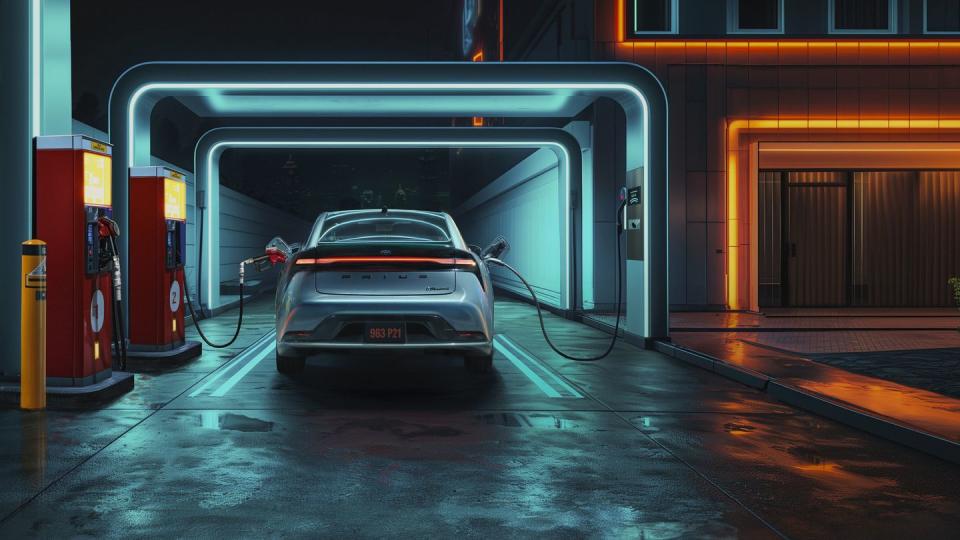
From the May/June issue of Car and Driver.
Although the descriptor is a mouthful, plug-in-hybrid electric vehicles (PHEVs) are a relatively recent powertrain creation, brought to the mass market by the pioneering 2011 Chevrolet Volt. They promise zero-emission electric motoring for shorter trips, with the ability to charge at home and bypass the gas station. They also thrive during long-distance travel, needing only to replenish the gas tank, free of the constraints of EV range, the spotty public charging infrastructure, and long stops for juicing up. It's kind of like a starter EV with gas-engine training wheels.
PHEVs have considerably larger battery packs than hybrids and more powerful electric motors, enabling greater electric range but adding considerable mass. When you're operating a PHEV in electric mode, the gas engine is very expensive dead weight. Partially due to the extra heft, PHEVs tend to get substantially worse fuel economy in hybrid mode than an equivalent hybrid does [see "The Penalty of Not Plugging In" below]. And if the outside temperature is too cold or the driver applies too much right pedal, PHEVs often force the gas engine to start. Perhaps unsurprisingly, given the complexity of two commingling propulsion sources, more can go wrong, so PHEVs fare worse than their hybrid brethren in reliability metrics.
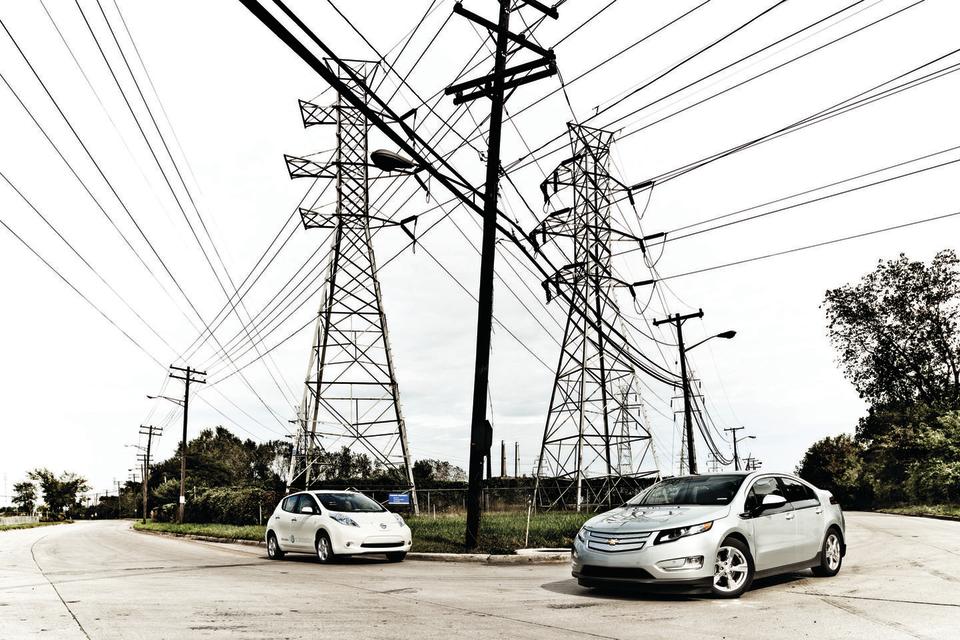
PHEVs allow for thrifty electric motoring for short trips but, unlike EVs, they have lazy acceleration when in electric mode, with 60-mph times often in the range of 11 seconds or more (although some are quick in hybrid mode). They make gas-only long-haul travel easy but are less efficient than a standard hybrid and cost more to build and purchase. Plus, buyers seem befuddled by the whole idea: Is it a hybrid? Is it electric? Wait, it's both? Automakers have contributed to this by sometimes insisting on using different but equally confusing labels for their plug-in hybrids.
So, there's a case to be made that plug-in hybrids are the best of both worlds. And also just the opposite.
[table-of-contents] stripped
Roll Call
Below, you'll find all 35 plug-in hybrids currently on sale (as of April 2024) with official EPA figures for fuel economy and battery-electric range. They're listed in order of highest to lowest electric range, which is a proxy for their usefulness as EVs. As you can see, this has a very weak correlation with price. Expect this list to continue to grow in the near future as plug-in hybrids gain in popularity and additional automakers join the fray. For example, General Motors, which had pledged allegiance to a wholesale jump to EVs, recently put PHEVs back into the plan.
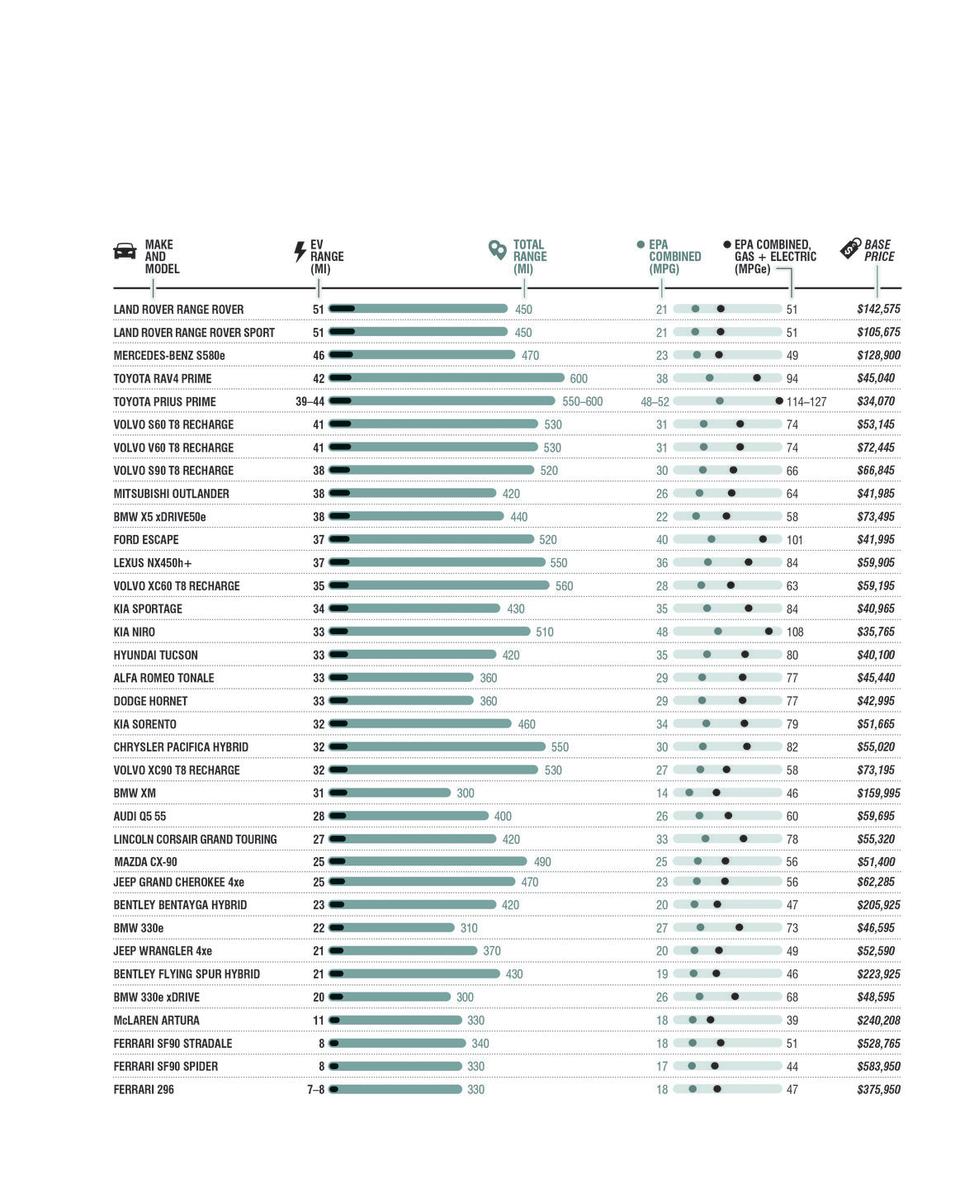
The Many Different Hybrid Layouts
Through-the-road, series, parallel, range extender—all of these terms describe a hybrid powertrain's layout. To make any of them a plug-in, automakers use a larger battery and program it to maintain enough charge to operate indefinitely. But they all work differently, as you can see in these diagrams.
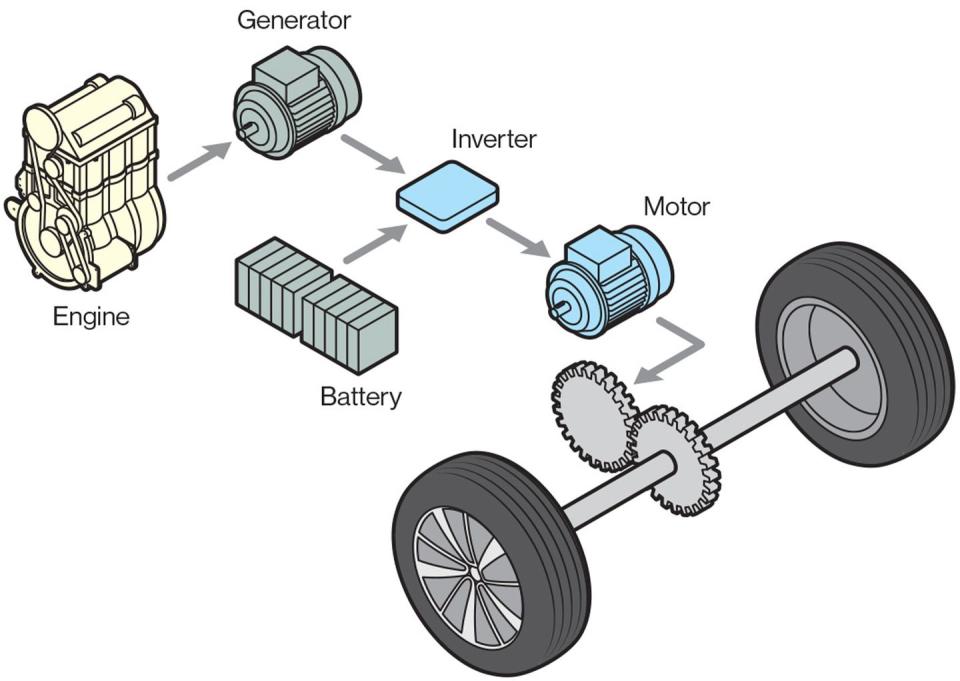
SERIES: As the name implies, this is a one-then-the-other setup. A gas engine turns a generator, which then feeds a battery or a drive motor. There's no physical connection between the internal-combustion engine and the wheels. See: Fisker Karma.
RANGE EXTENDER: This is a subset of the series layout, with the only real difference being that these range-extender models are based on electric vehicles. See: BMW i3 Range Extender, Ram 1500 Ramcharger.
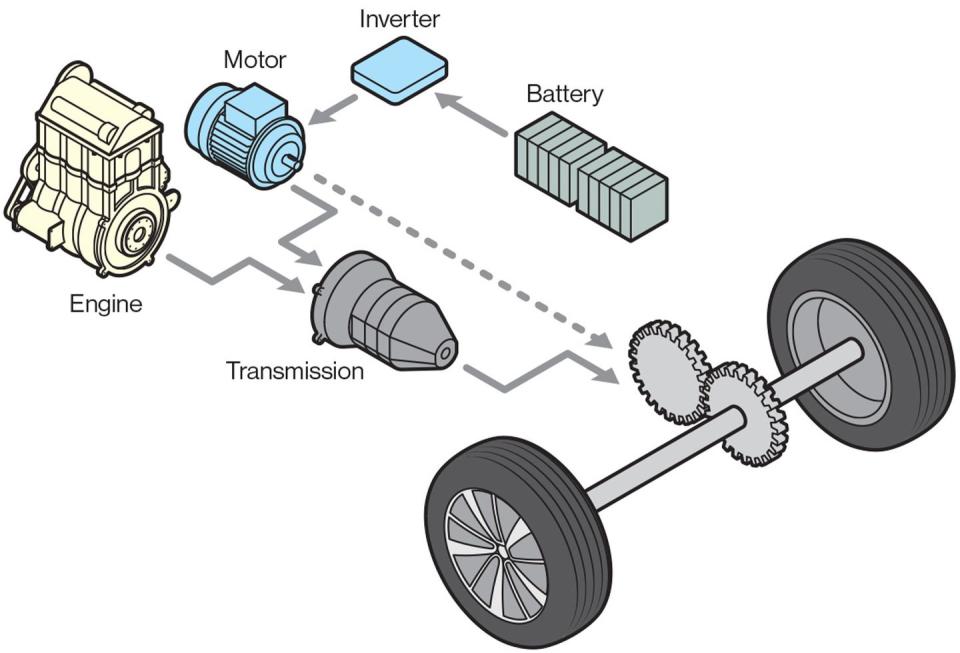
PARALLEL: This is the setup most hybrids use today. A clutch and an electric motor replace a transmission's torque converter. The motor doesn't have to be integrated with a transmission, but that is by far the most common arrangement. See: Mercedes-Benz S580e, Porsche Cayenne E-Hybrid, Kia Sportage Hybrid, and many others.
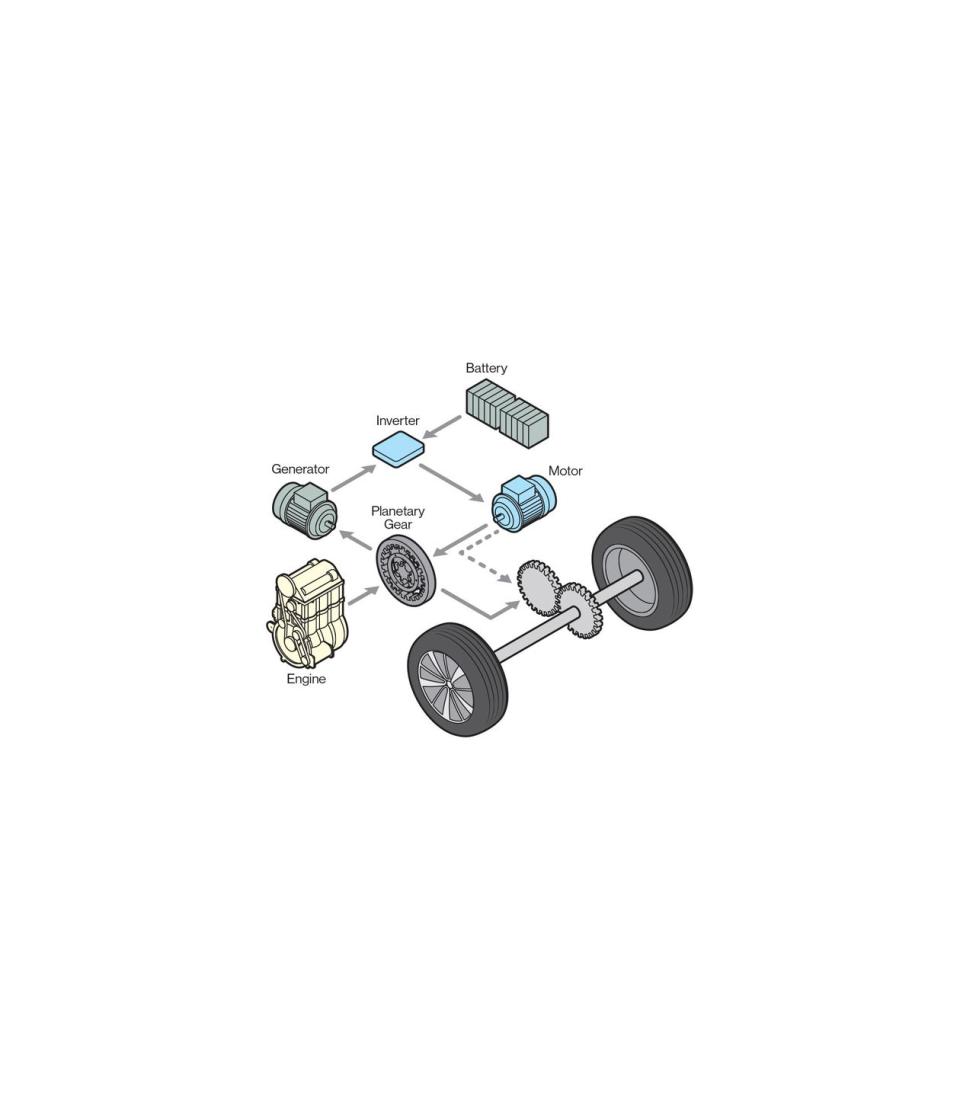
POWER-SPLIT: A gas engine pairs with a transmission consisting of two motors and at least one planetary gearset. The car can drive the wheels with one of those electric motors, the gas engine, or both. The second electric motor is used as a generator; it also determines the effective gear ratio for the gas engine. We call these transmissions CVT in specifications, but they're very different from the CVT in, say, a

 Yahoo Autos
Yahoo Autos